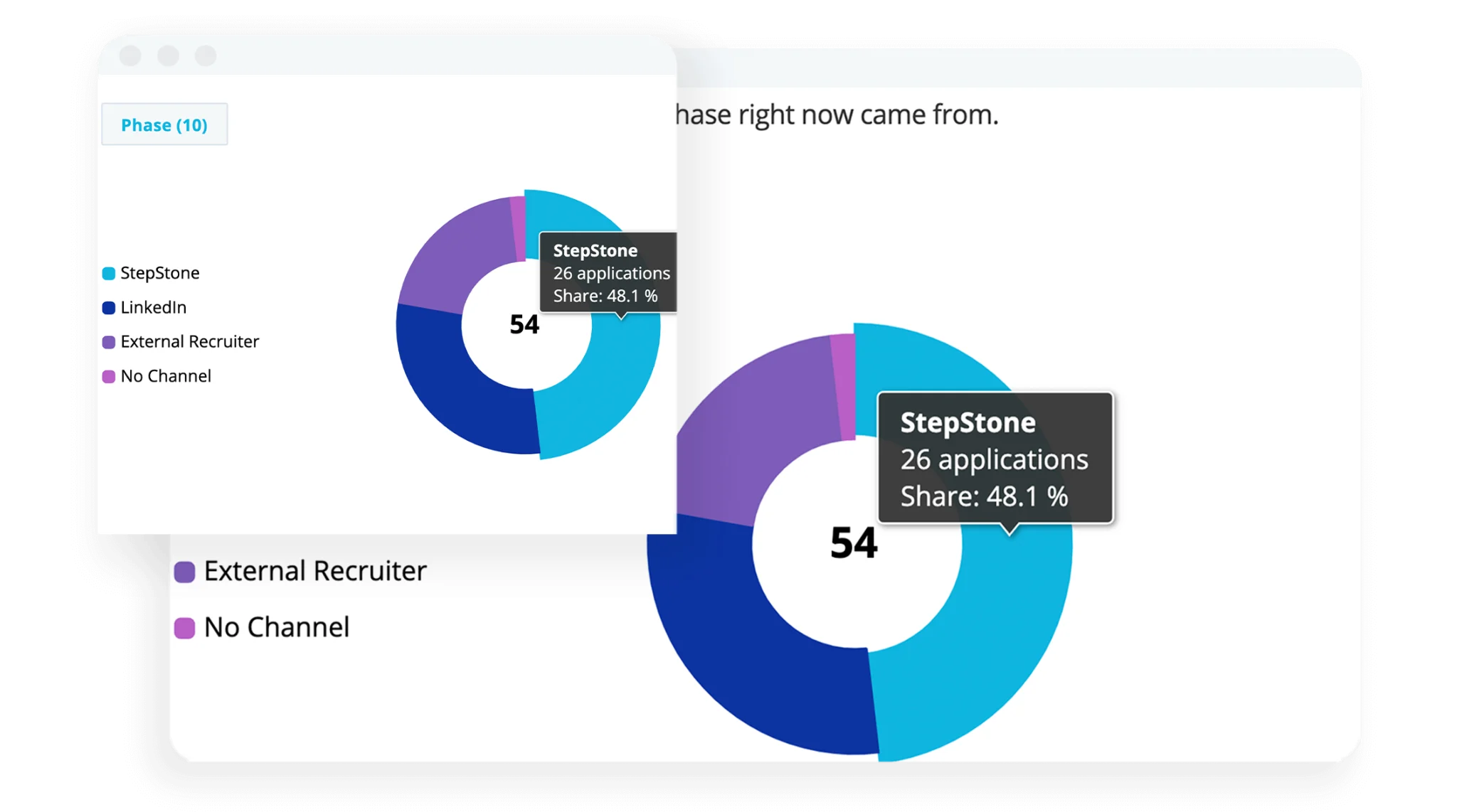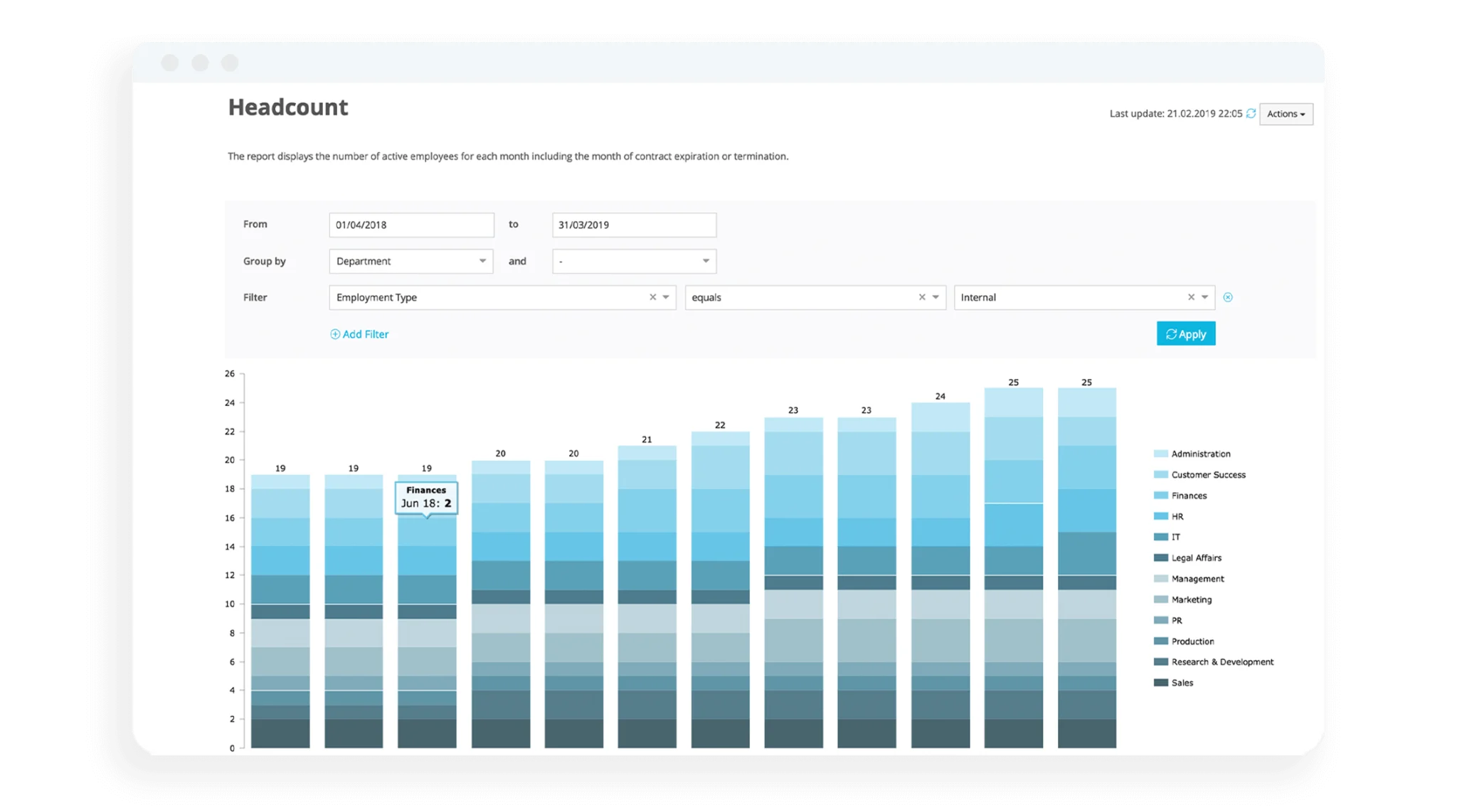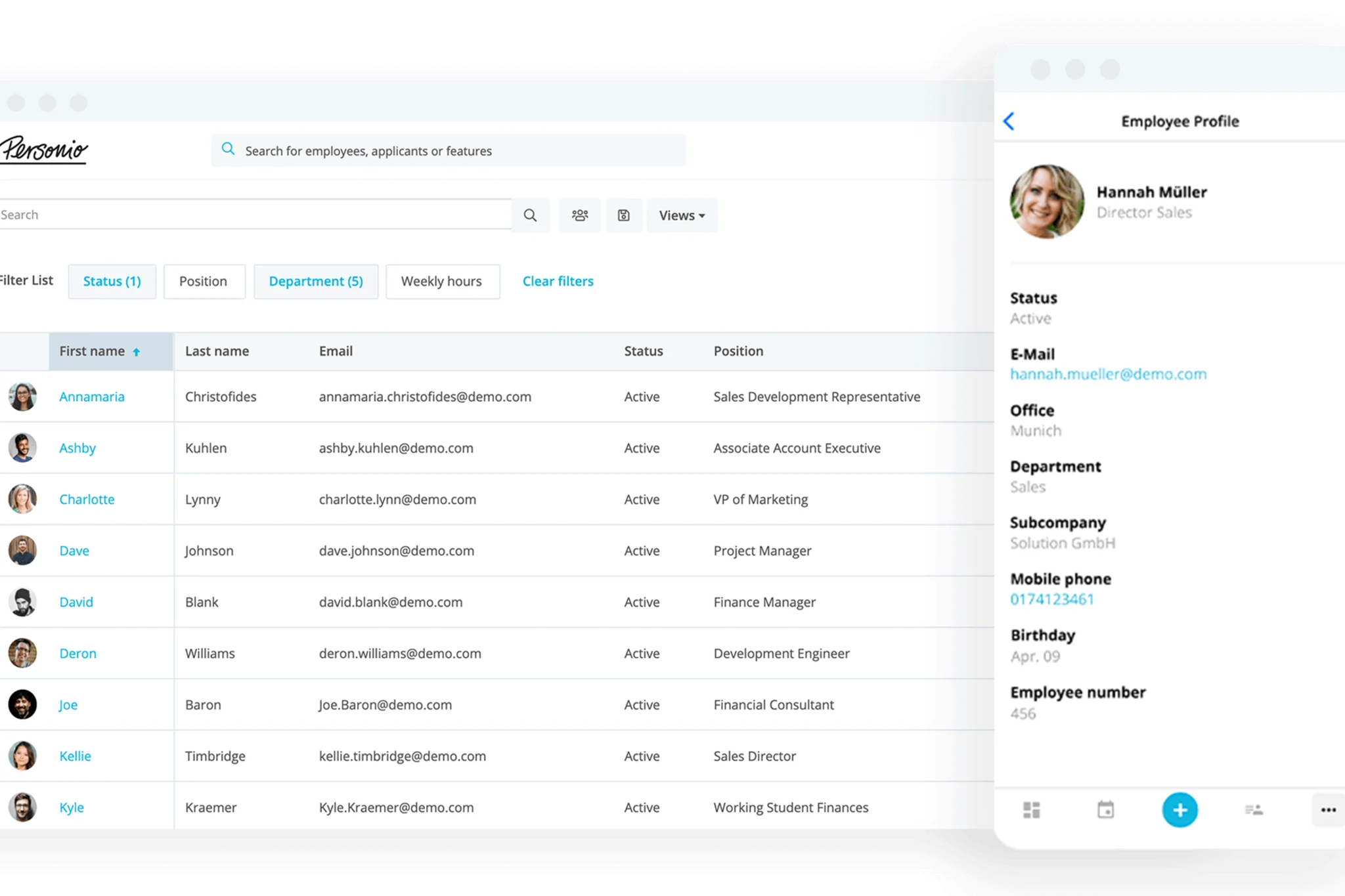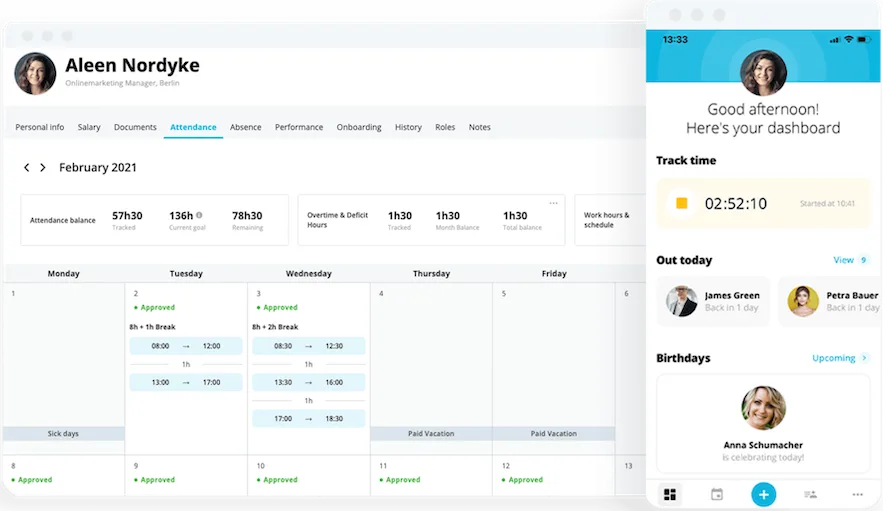What is Job Architecture for Modern Organisations?

Is your organisation currently overwhelmed by a tangled mess of job titles and unclear career paths? It’s time to build a strong foundation by focusing on job architecture.
In this article, we’ll dive into what job architecture is, how it relates to other concepts like position management and workforce planning and how it can help empower your HR team to create a dynamic and adaptable workforce (when you have the right tools).
We wrote the definitive guide to people strategies. Your copy is waiting for you.What is job architecture?
Job architecture refers to the framework of employment details that help establish career paths across your organisation. The components that make up job architecture include job name, family, track, level, salary band.
When we think about job architecture, we can consider it the foundation for other crucial HR practices. These often include:
Strategic workforce planning: By understanding skill sets and levels for each position, organisations can plan for future talent needs and development programmes.
Effective pay programmes: Job architecture ensures consistent compensation by defining role value based on skills, business needs, market rates and regions.
Career path transparency: A well-defined job architecture unveils clear career progression paths, fostering employee engagement and retention.
The purpose of job architecture is to remove guesswork from the equation of assigning job titles and levels. It is meant to provide a consistent methodology for decision-making, while also building trust and ensuring equity across your organisation.
For companies of any size, job architecture is a worthwhile exercise. This is especially true if you have plans to scale and grow your headcount, because it will only make the future endeavour of job architecture more important (and, potentially, more cumbersome).
A big part of this results in establishing what is known as a “job catalogue.” Think of it as a collection of every role in your organisation, pre-set with all the finer details that you need to know, which can be pulled upon and customised as you see fit.
How do you define job architecture?
There are often common components of job architecture that help establish a meaningful framework for organisations. Here are the five most common:
Job family | The family or department in which this job exists (“Engineering”). |
Job name | This is the specific name of the job (“Engineering Manager,” for example). |
Job tracks | Pathways that determine the career progression of a job (“IC”). |
Job levels | The level on which that job currently sits (“IC3”). |
Salary bands | The corresponding salary band for a given job. |
Each of these things will depend on the structure and strategy of your business. This is where your HR strategy needs to be clearly aligned to your overall business strategy, as it will give you a sense of how your families, tracks and levels should be established.
What is position management?
Position management is an additional framework that adds colour to your planning efforts. Essentially, it allows your organisation to track how many of each role exists within your organisation, where they are located and whether it is currently filled.
If we think of workforce planning as your overarching strategy, this can be executed through position management. A clear job architecture informs all of this, by making position management possible (by providing the infrastructure to track what’s being filled).
Simply put, the ideal job architecture is attached to the position when the headcount need is defined. Once the position is filled, the actual state of the job architecture is also attached to help identify any skill gaps, bloat, etc.
Managing job architecture within positions can be helpful for the following reasons:
Streamlined hiring: Position management helps identify skill gaps and resource needs, allowing for targeted recruitment efforts.
Succession planning: Knowing your existing positions makes it easier to identify potential successors for key roles, ensuring business continuity.
Financial planning: Accurate data on positions facilitates better budgeting and forecasting for personnel costs.
When it comes to tracks and levels, position management is designed to offer exceptional clear job requirements for specific roles. This can help provide a clear understanding of relevant responsibilities and whether they currently exist within your organisation.
When should you consider job architecture?
The practice of establishing your organisation’s job architecture should likely come sooner than later, especially as you grow. That’s because the task may become more difficult as you scale in headcount — although many tools can help make the process simpler.
Beyond that, here are some of the key situations where investing in job architecture can have a positive effect on your business:
HR technology implementation: Clean data is crucial for effective HR systems. Job architecture ensures consistent job titles and clear hierarchies, leading to accurate and insightful HR reporting.
Organisational restructuring: Job architecture helps determine the most efficient structure to support changing business needs, defining optimal levels and spans of control.
Compensation programme redesign: When revamping compensation structures, a strong job hierarchy (the foundation of this structure) is essential to ensure fair and competitive pay practices.
The main takeaway here is that a job architecture programme can result in compounding returns for your organisation. It can help inform current and future practices, and it can also help your organisation (and your people) become more resilient.
An important part here is how it helps your people. Outlining clear development tracks can help your top performers feel more valued and like their development is a priority for your organisation. This can have a net positive effect on your retention efforts, too.
Start investing in a more dynamic workforce
A strong foundation is key to building a resilient and adaptable workforce. By investing in job architecture and position management, you empower your HR team to make data-driven decisions, optimise talent management and fuel organisational growth.
Personio is an HR software that can help manage your people data, so that your teams can focus on driving impact where it matters — with things like recruitment, engagement or performance. Speak with an expert to learn more about our solution and how it helps.


